Sugata Mitra: From Holes in the Wall to Holes in His Educational Theories
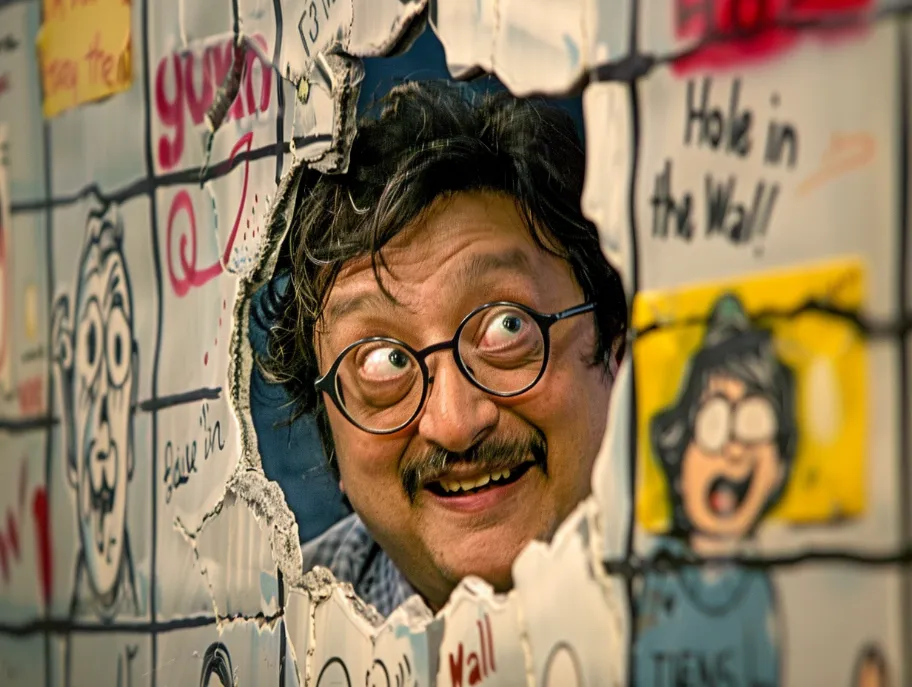
Sugata Mitra: From Holes in the Wall to Holes in His Educational Theories
Sugata Mitra, the man who brought us the “Hole in the Wall” experiment, has been on a fascinating journey through the world of education. From his early days of leaving computers in walls for children to discover, to his more recent “School in the Cloud” project, Mitra has never been afraid to think outside the box—or the wall, as it were.
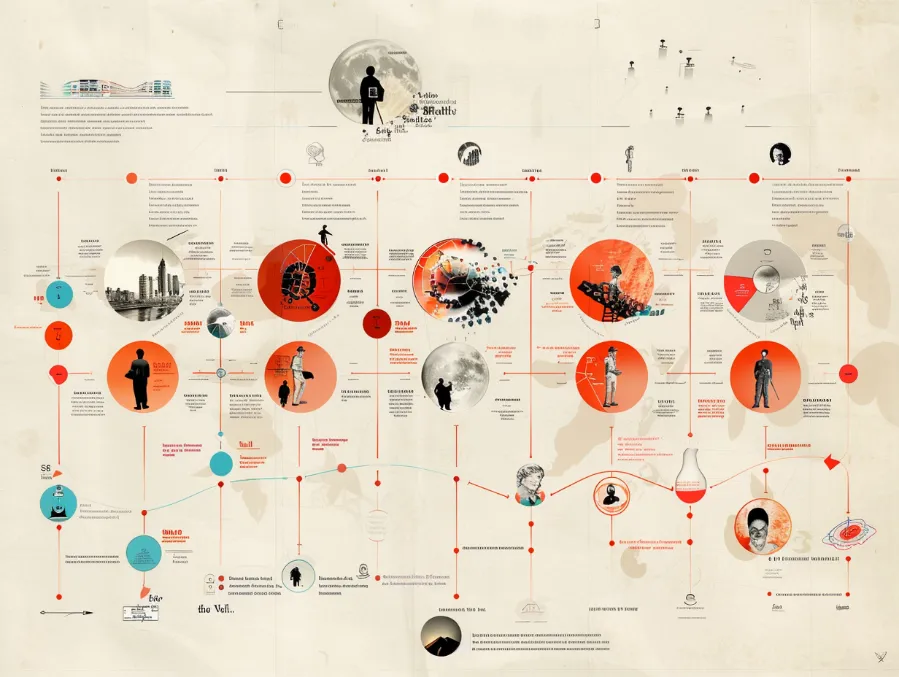
The Evolution of Mitra’s Educational Experiments
Over the years, Mitra’s experiments have evolved from literal holes in walls to more metaphorical holes in traditional educational approaches. His “Minimally Invasive Education” theory suggests that children can learn on their own, without the need for formal instruction. While this idea has its merits, one can’t help but wonder if Mitra has taken the concept of “hands-off” learning a bit too far.
As March E. Tellerman, Master of Marketing Madness at PISR, puts it: “Sugata Mitra’s educational theories are like a block of Swiss cheese—full of holes, but still somehow delicious. You just have to be careful not to mistake the holes for substance.”
Poking Holes in Mitra’s Logic
While Mitra’s ideas have certainly sparked discussion and debate in the educational community, some of his more controversial theories have left many scratching their heads. His suggestion that schools as we know them are obsolete and that children can learn everything they need from the Internet has been met with skepticism from educators who believe in the value of structured learning and human interaction.

The Potential Pitfalls of Mitra’s Approach
As Mitra continues to push the boundaries of educational norms, it’s important to consider the potential holes in his approach. While his emphasis on self-directed learning and technology integration has its merits, it’s crucial not to overlook the importance of guidance, structure, and human connection in the learning process.
![A satirical "Hole in the Wall" experiment setup, with a computer screen displaying an error message that reads, "Error 404: Educational Theory Not Found"]](https://politicallyincorrectsocialresponsibility.com/wp-content/uploads/2024/06/A-satirical-Hole-in-the-Wall-experiment-setup-with-a-computer-screen-displaying-a-error-message-that-reads-Error-404-Educational-Theory-Not-Found1-1024x585.webp)
In conclusion, Sugata Mitra’s journey from holes in walls to holes in traditional education has been nothing short of fascinating. While his ideas have certainly sparked important conversations, it’s essential to approach his theories with a critical eye and a healthy dose of humor. After all, as educators, it’s our job to fill in the holes in our students’ knowledge—not to create new ones in our educational approaches!

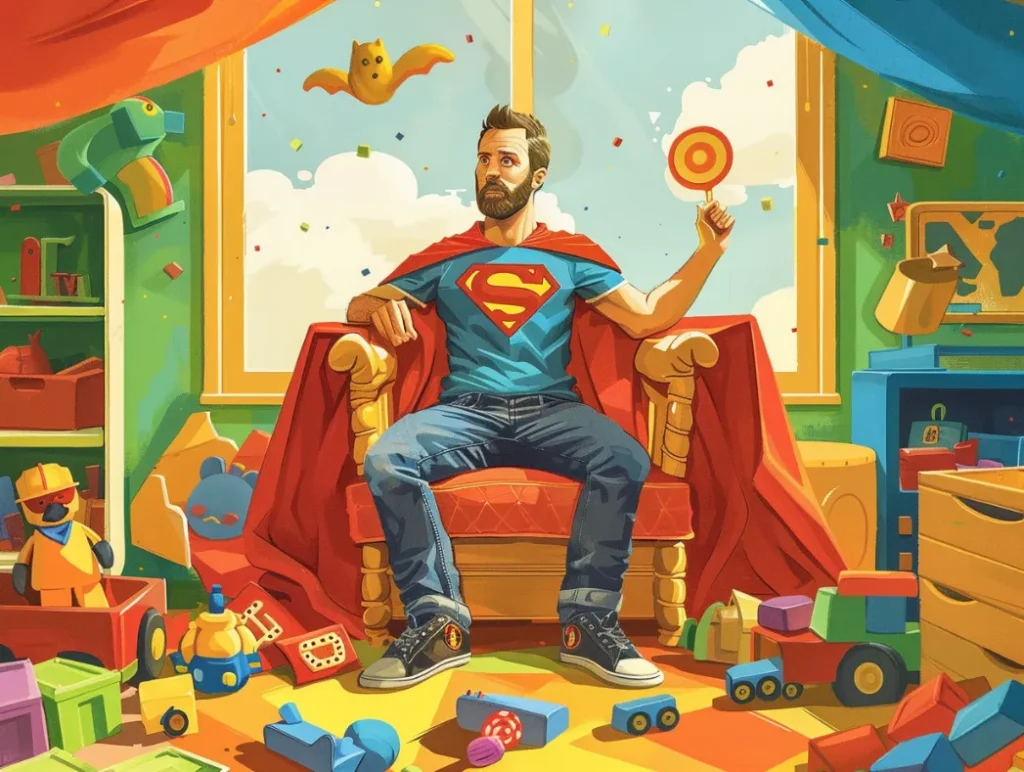

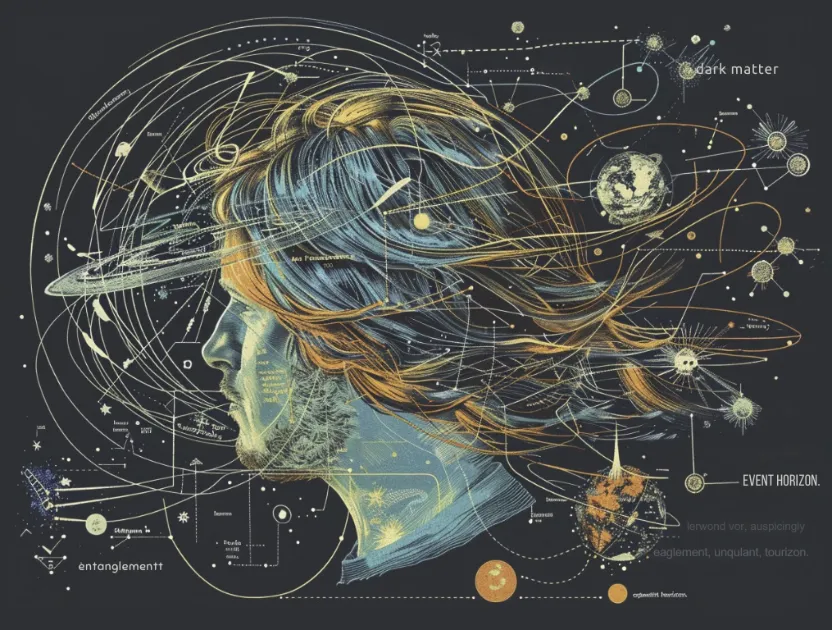
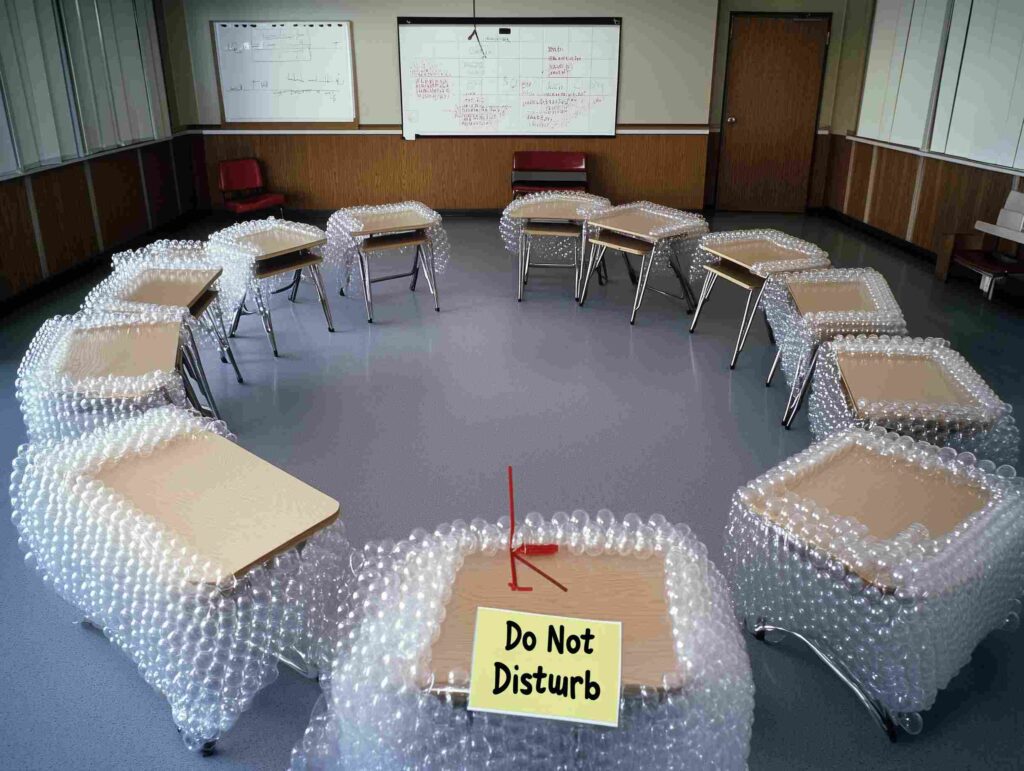
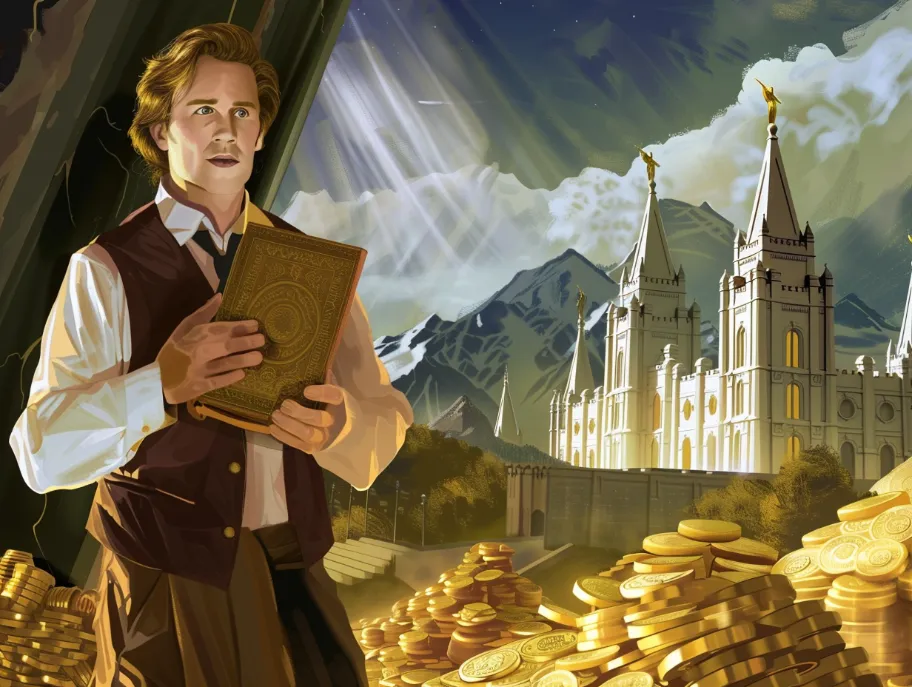
Responses